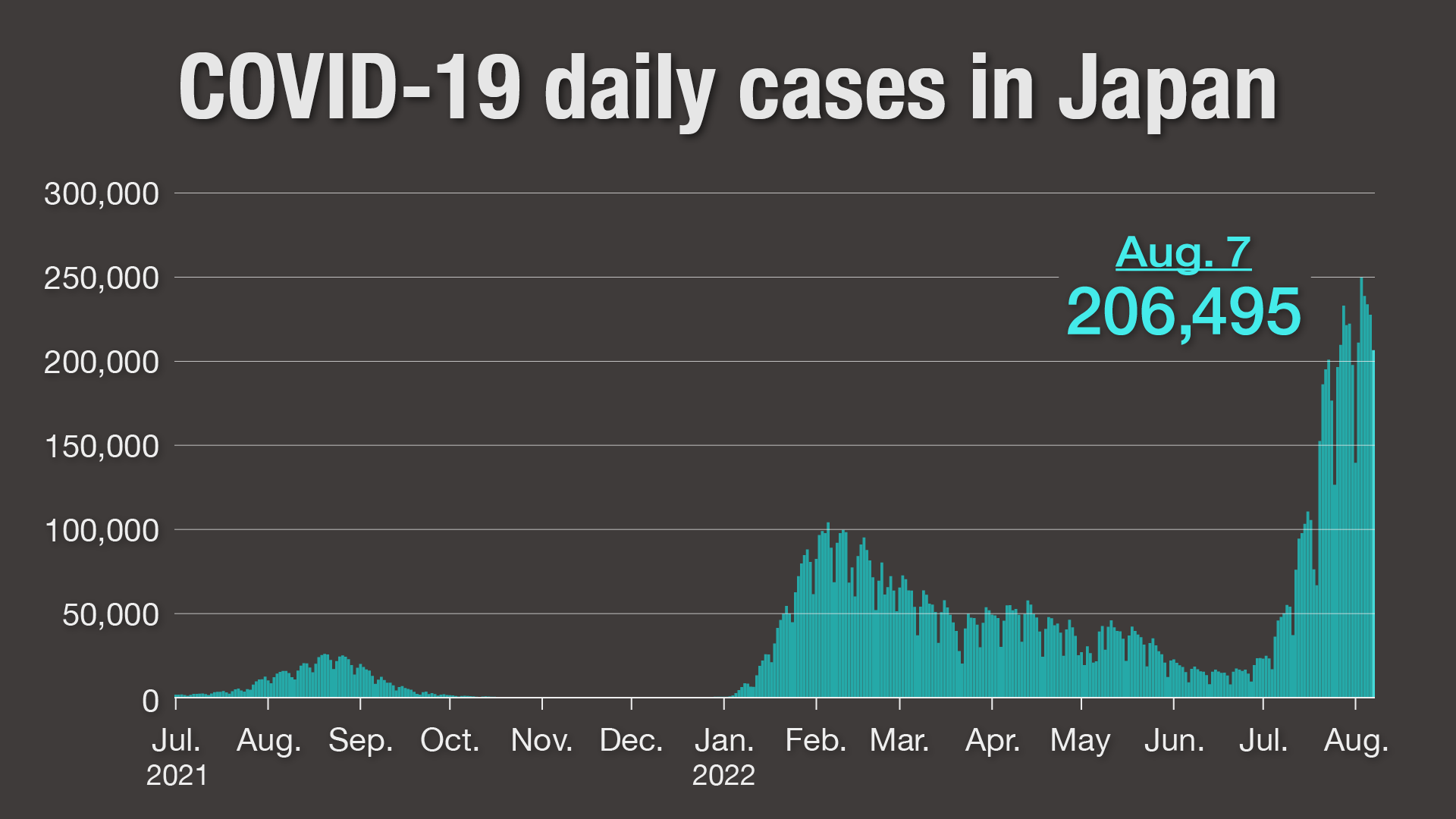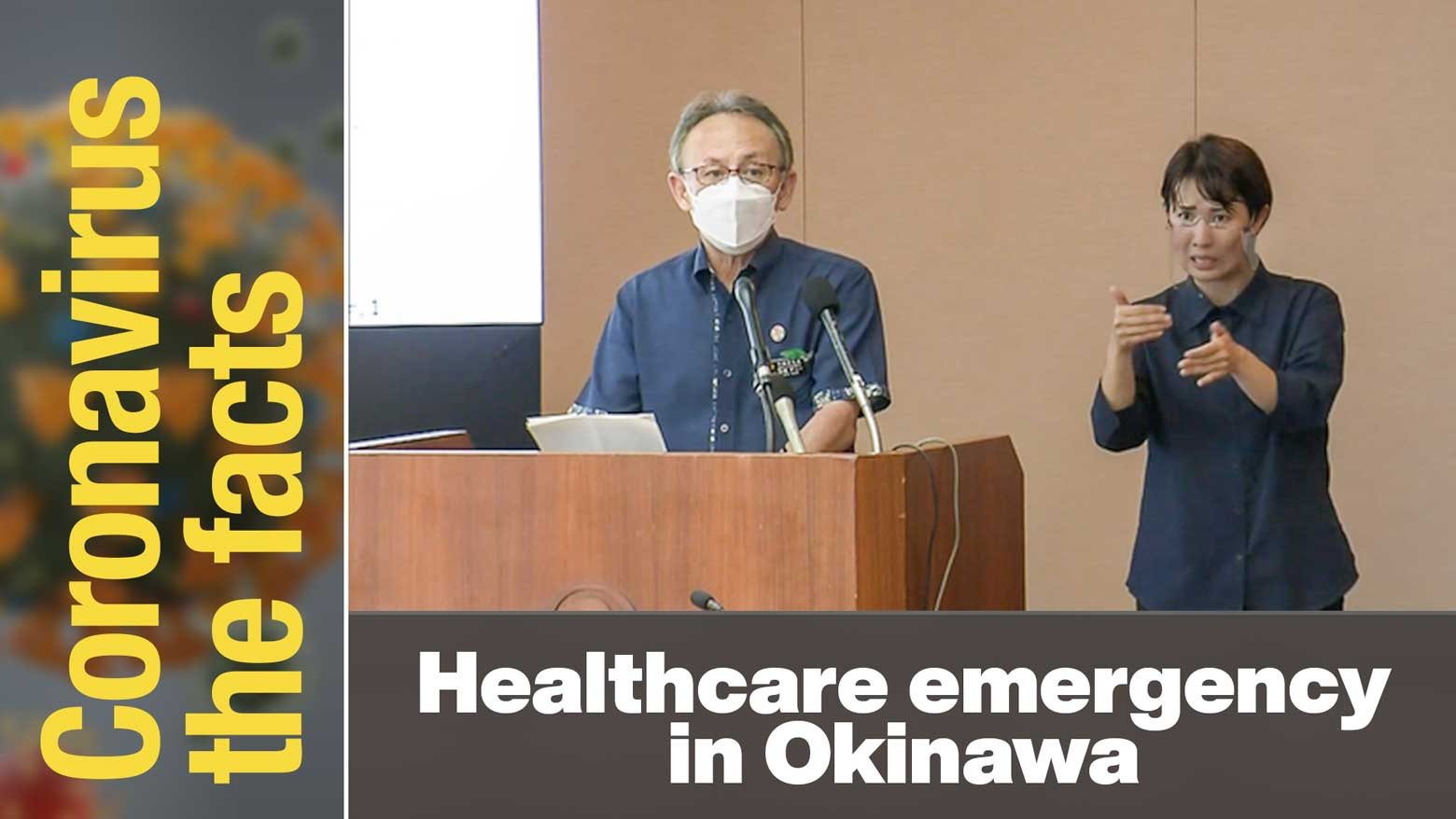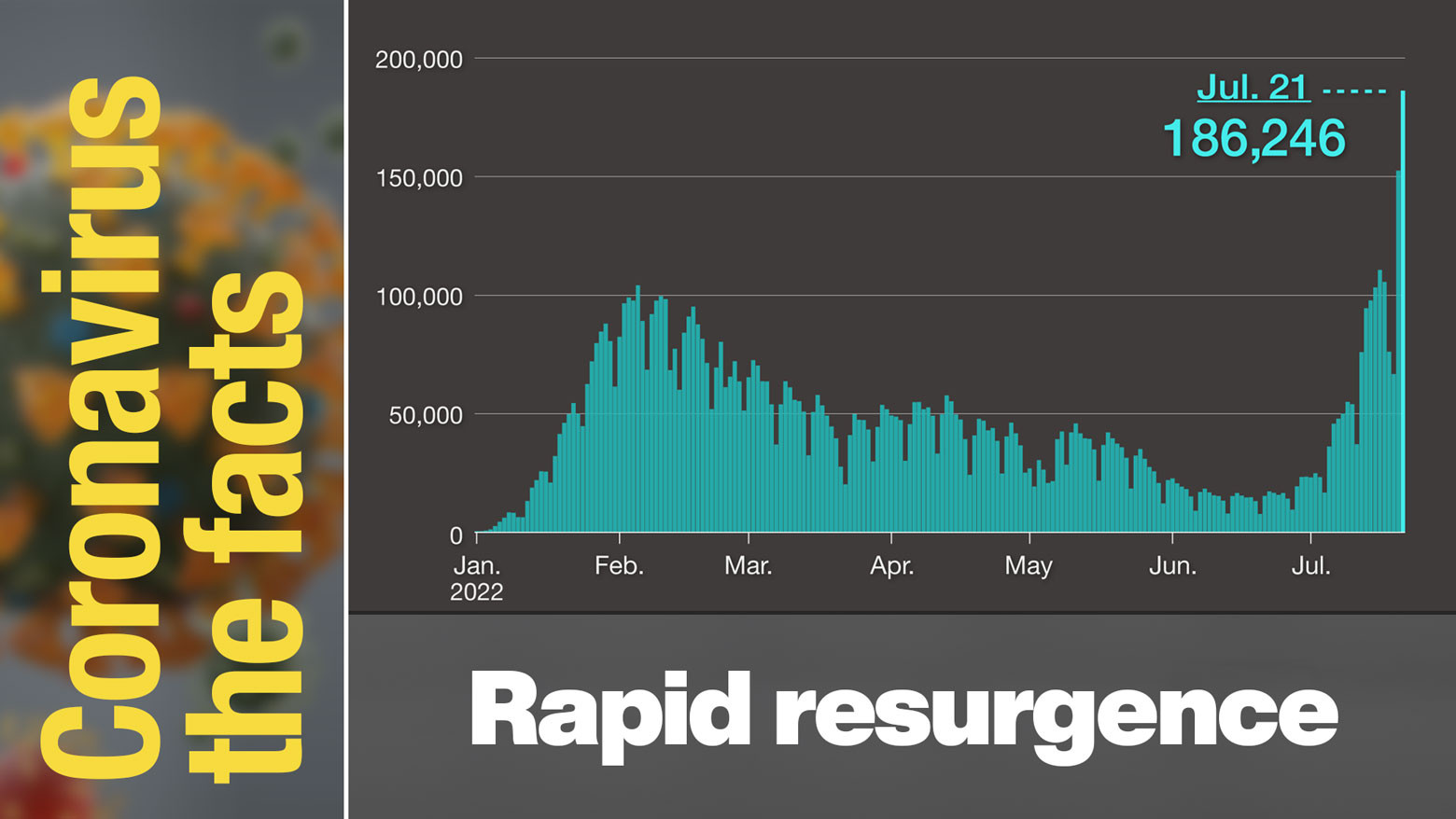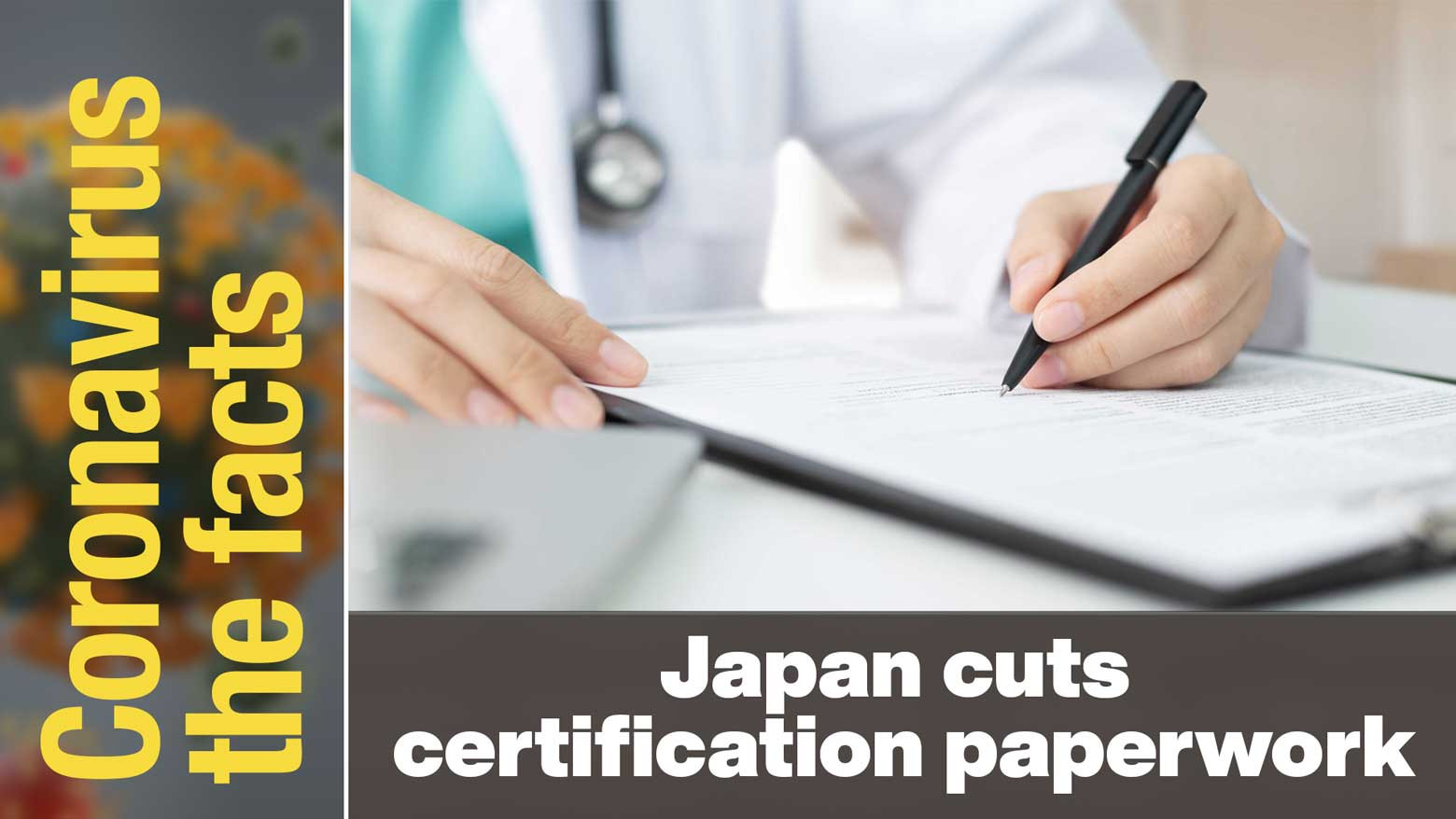This article is part of a series on important coronavirus-related information. Click here to read other installments: #Coronavirus the facts. Find the latest information on everything COVID-19.
An alternative to paperwork
As Japan faces a medical emergency with record infection cases, the central government has stepped in to help medical facilities focus on helping sick people.
It is urging businesses and schools across the country to change the way they manage absences. That means people will no longer need a medical certificate issued by a clinic to prove they are infected -- or to show they have tested negative.
If required, employees and students can document their infection status by taking pictures of the results of antigen tests they conduct on their own, or share a recuperation certificate issued by the health ministry's My HER-SYS website, a data-tracking system for COVID-19.
Prefectural healthcare centers are also being asked to require fewer information inputs from frontline medical clinics in a further effort to reduce the administrative burden.
Medical system under strain
Japan's daily tally of the coronavirus continues at around 200,000 cases. On August 3, Japan confirmed a record 249,777 new infections. The rapid surge is putting pressure on medical facilities and workers. Ambulance crews are struggling to find medical facilities that will accept patients.
The hospital bed occupancy rate for COVID patients stood at more than 50 percent in 33 of Japan's 47 prefectures as of August 7. It exceeded 70 percent in ten prefectures. The occupancy rate for beds reserved for serious cases stood at 63 percent in Tokyo and 51 percent in Kyoto Prefecture. There were a record 1,438,105 people recuperating at home.

Regions impose their own restrictions
While the central government will not be imposing nationwide restrictions, it has created a system to allow individual prefectures to do so. It specifically cites the spread of the Omicron sub-variant BA.5 as the reason for localized anti-infection measures that can be enacted by a special declaration. That can occur when medical institutions are under increasing pressure with hospital bed occupancy rate for COVID patients exceeding 50 percent. If necessary, government officials will be dispatched to help in the response.
Regional declarations can allow for the early delivery of vaccines, promoting telework, and introducing social restrictions, such as asking seniors and people with underlying conditions to refrain from visiting crowded locations.
As of August 5, Kanagawa, Saitama, Chiba, Miyagi, Tochigi, Niigata, Aichi, Gifu, Mie, Kyoto, Okayama, Kumamoto and Kagoshima prefectures have made declarations. Japan's most populous cities, Tokyo and Osaka, already have measures in place.
Test kits distribution
The central government is arranging the nationwide distribution of antigen kits. It has upped supply to make it easier for people to find them at pharmacies.
Yamagiwa Daishiro, the minister in charge of coronavirus measures, said the central government will support local governments to find a balance between anti-infection measures, and economic and social activities.

*Related article: Record COVID cases in Okinawa cases medical emergency (July 26, 2022)

*Related article: No new COVID restrictions in Japan despite record cases (July 22, 2022)
This information is accurate as of August 8, 2022.
